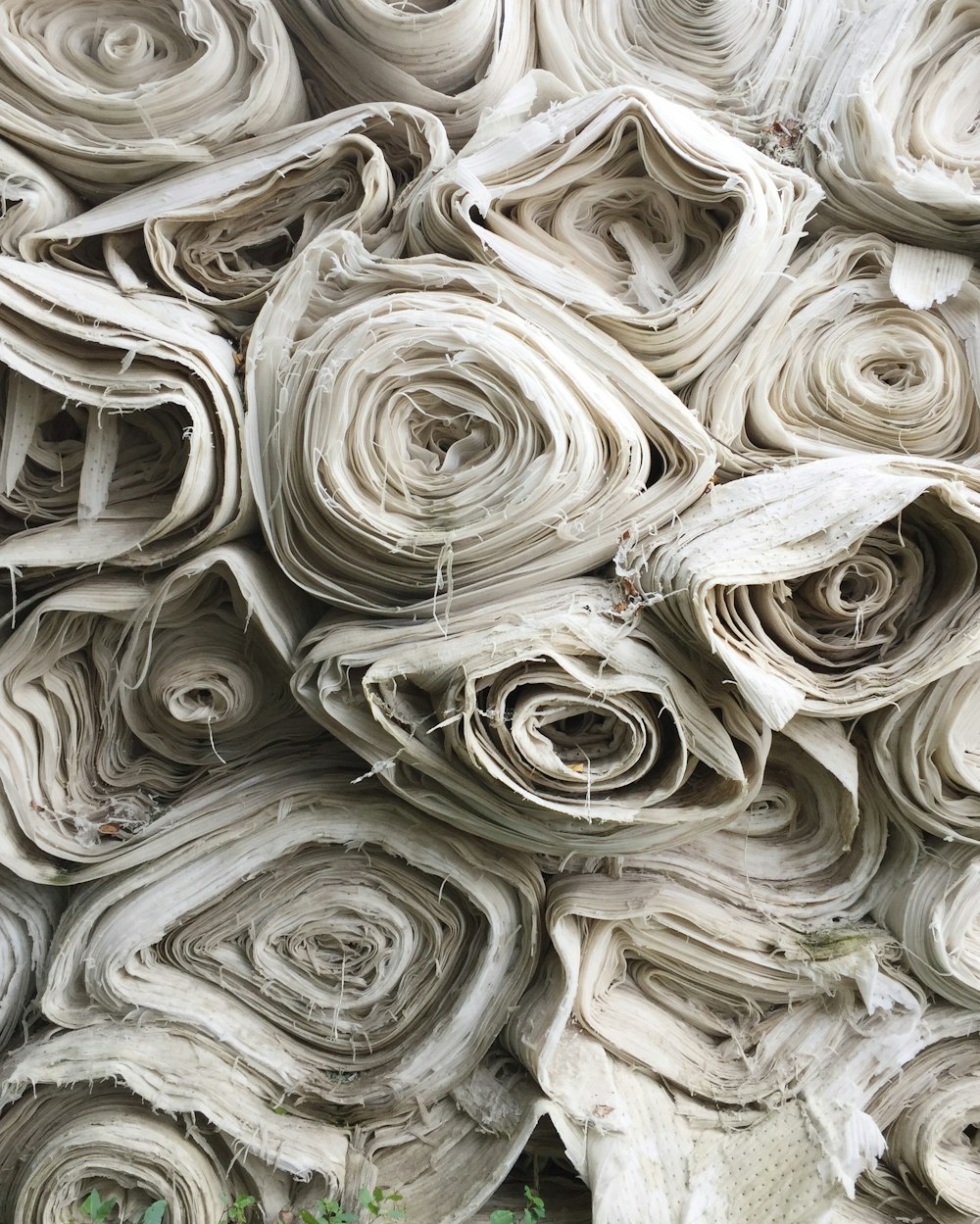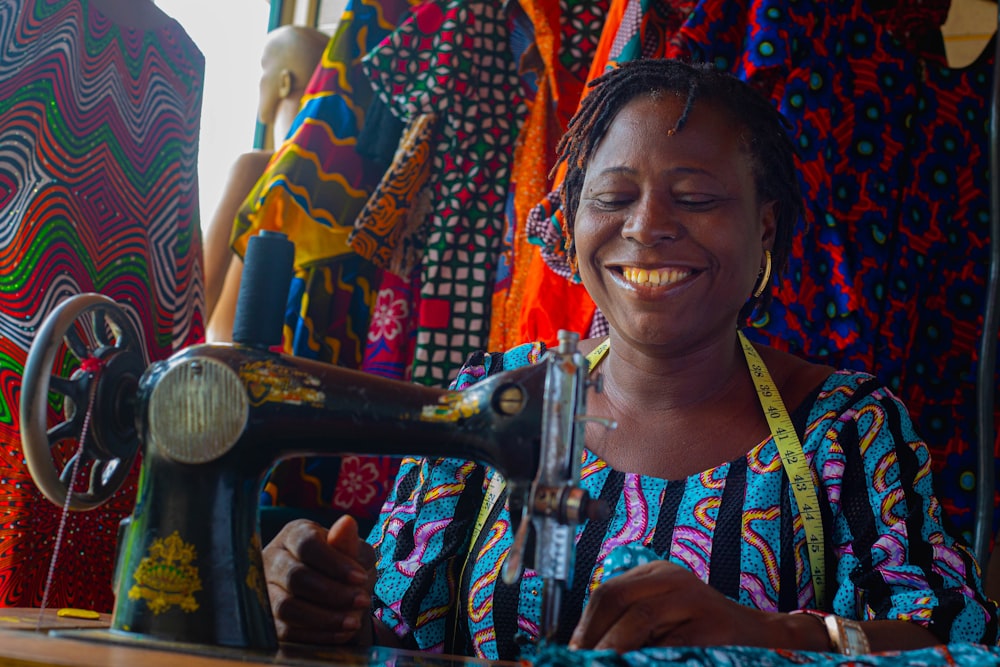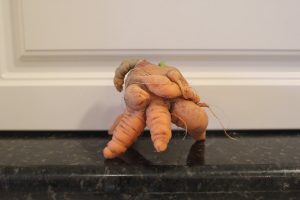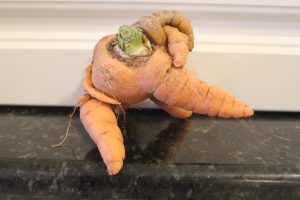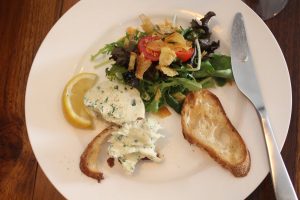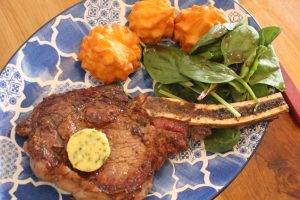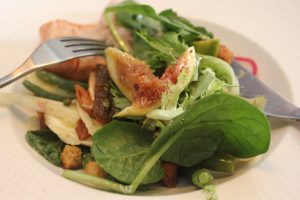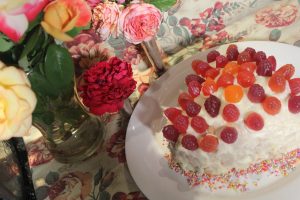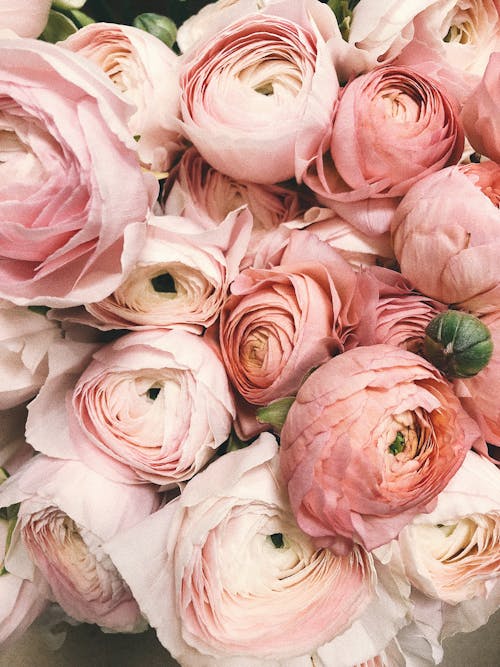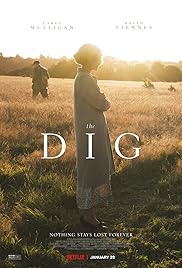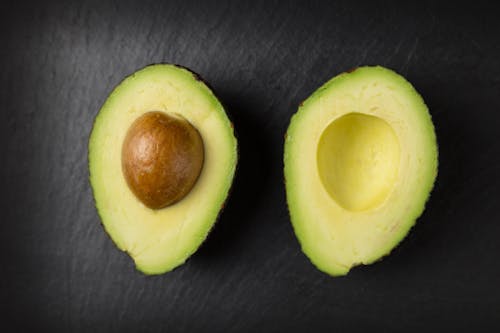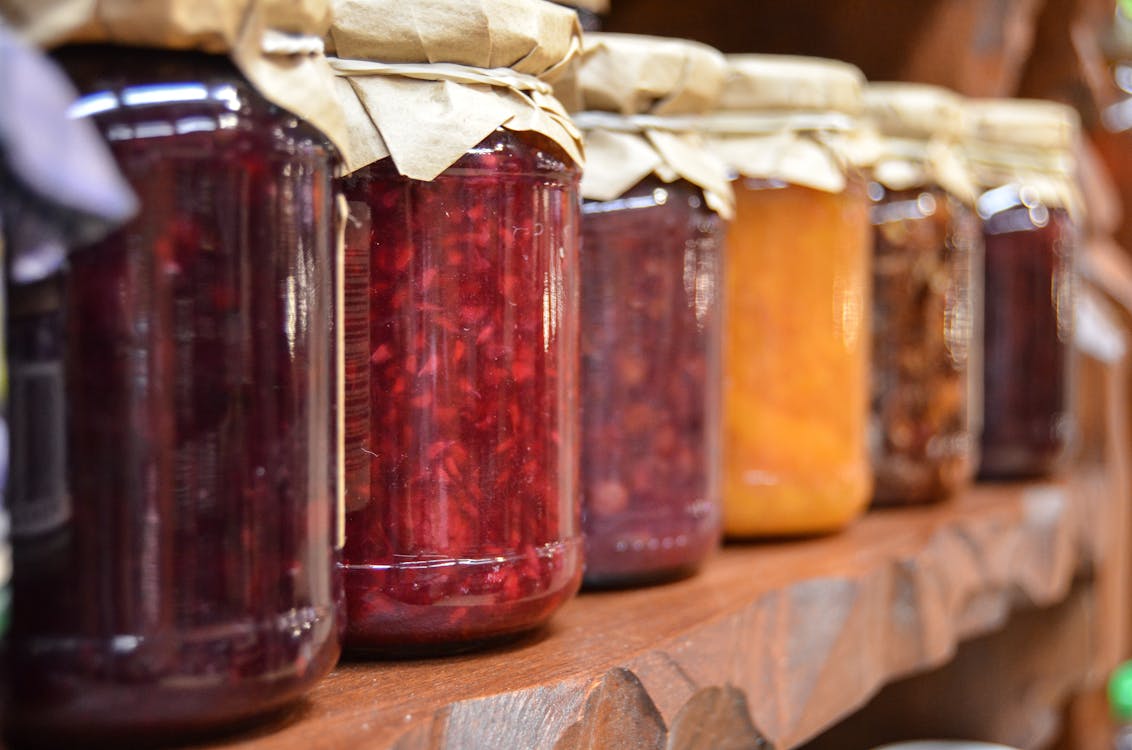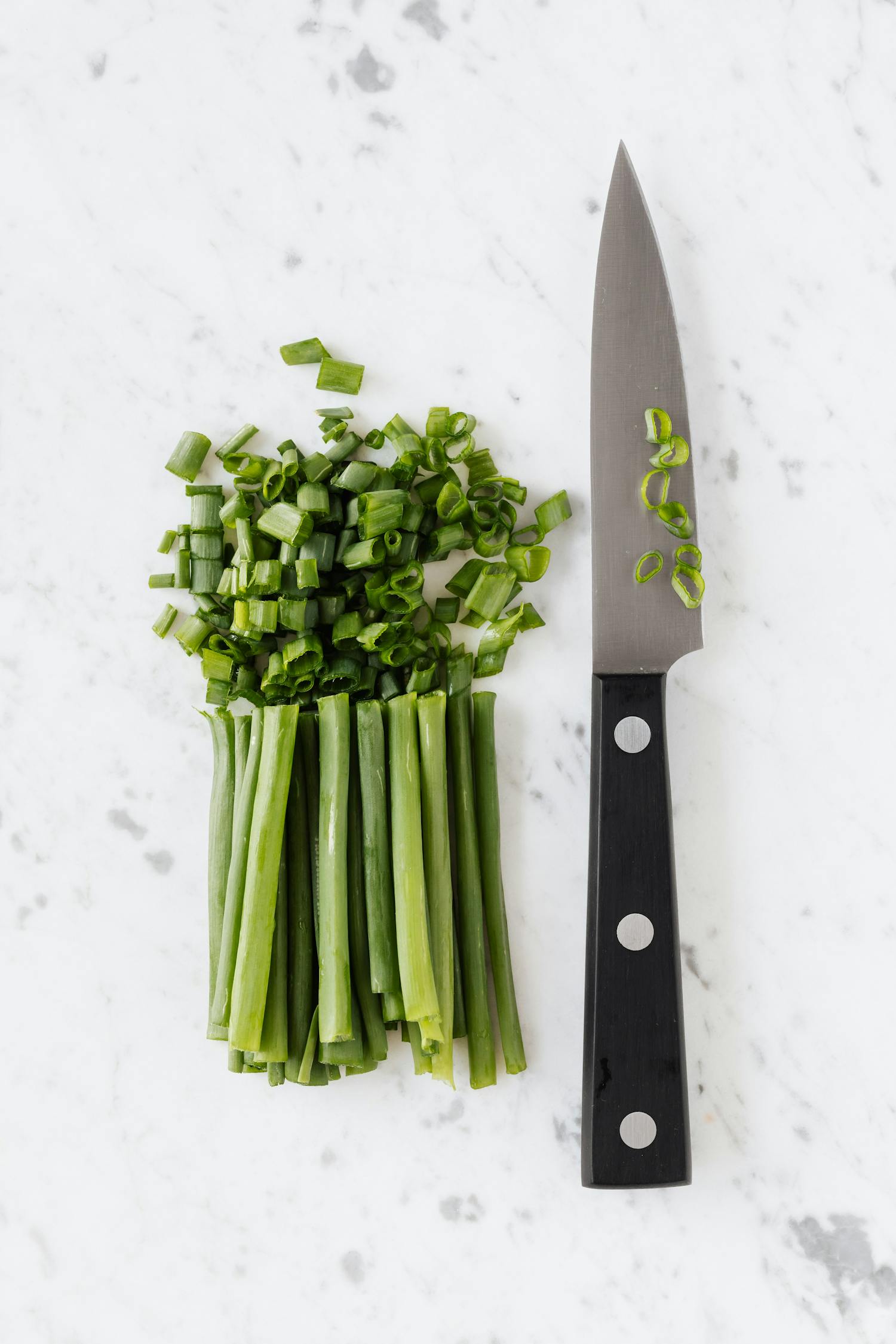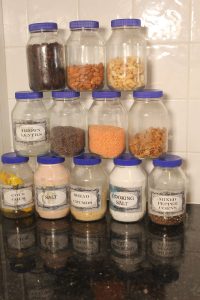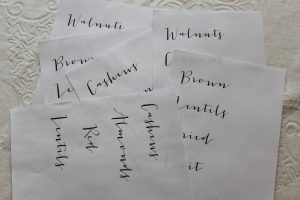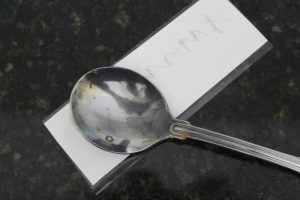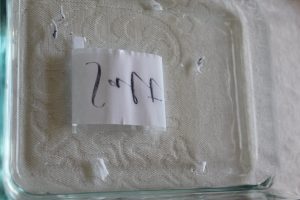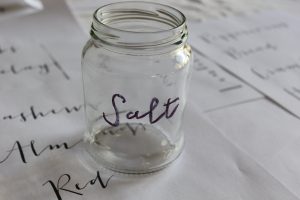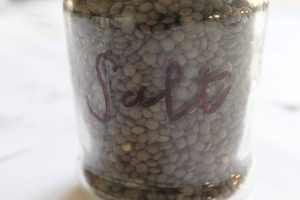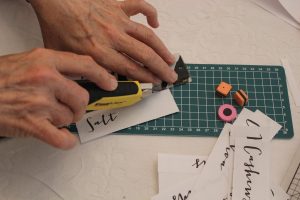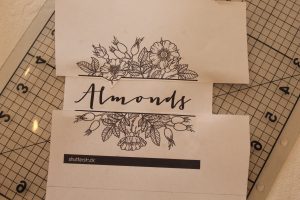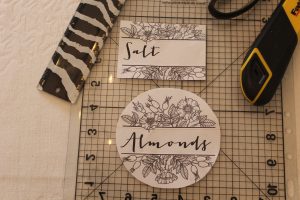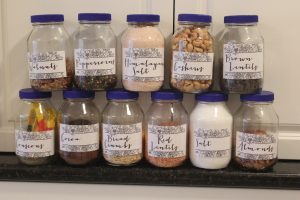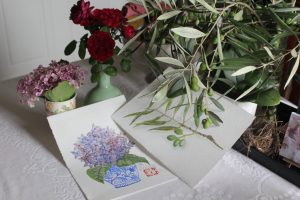what are sustainable clothes and why do we care?
Generally, sustainable clothing means taking no more from the environment than can be replaced. It is applied fairly loosely to fashion, intending to imply clothing production is ethically conscious and aware of the impact of the process on the environment.
So there is no standard definition and few guidelines. Sustainable claims are open to interpretation and may be used interchangeably with ‘eco’, ‘green’ and ‘organic’. Often there is more ‘feel good’ than a series of production steps actually being less harmful to the environment. The production of all clothing is harmful to the environment in one way or another.


Sifting through the multiple definitions of sustainable clothing highlights the many steps involved in making, transporting, selling and recycling clothing. Trying to define who is responsible for overseeing and controlling each step is difficult. Growing or manufacturing the fibres, designing and commissioning the garments, having them manufactured, shipped, distributed and sold happens in many different countries and in many different ways.
Generally, the end result of this process is more apparent; used clothing becomes landfill, even if it is recycled after the initial purchase.


There is also the issue of ‘slow fashion’ when high quality, frequently worn and kept for a very long time clothing is considered more sustainable than fast fashion, which is cheaply made and instantly disposable. The cost of production will reflect the quality of the fabric used, the wage paid to the cutter and sewer, the distance the product then travels before distribution to the final retailer and to some extent, the brand on the garment. Clothing, once revered as being well made and worth looking after is more often now seen as a one season item.
MATERIALS
COTTON
One of the oldest fabrics is cotton. Often deemed an organic solution, traditionally grown cotton actually requires the grower to control rust, rot and worm infestation using pesticides. The process of growing cotton quickly depletes the quality of soil, which must be enhanced. Cotton also requires an enormous amount of water to grow.
Organic cotton prevents the use of pesticides. and is very popular with sellers hoping to enhance their ‘green’ credentials. The amount produced is very small and still needs the same amount of water and soil enhancement. Only a minuscule amount of truly organic cotton is produced and cannot meet the market demand. It is expensive and labour intensive.
All cotton requires cleaning once it is harvested. It is scoured and bleached. Most cotton produced experiences the same cleaning, dyeing and shipping processes, although some organic cottons can be dyed with natural dyes.
WOOL
Man has used wool for clothing for as long as cotton has been used. Wool is repels waters, stains and dirt and is an excellent insulator. Naturally occurring, wool can be produced from land otherwise unsuitable for farming. Like cotton, it needs scouring, combing and weaving then dyeing to be made into garments.
Regardless of where the wool was produced and under what circumstances, its actual processing into dyed, woven fabric for sewing into garments should cause concern. Underage and underpaid dyers, cutters and sewers make garments in dangerous and unregulated circumstances.
LINEN
Popular as a natural fibre, linen is generally grown in circumstances similar to cotton, requiring the same processes to reach the retail outlet. It is often sought for its coolness and strength, but fast fashion doesn’t always result in garments made from linen being worn any longer than those made of other fabrics. It requires constant ironing, effecting its popularity.
HEMP
Used for clothing for centuries, hemp grows quickly, is naturally resistant to insects and weeds and the plant improves the structure of the soil. There is some evidence that hemp is carbon negative, able to remove five times more carbon dioxide than trees. Again, this fibre progresses from raw material to fabric for clothes through similar paths taken by other natural fibres. It costs about twice as much as cotton.


MAN MADE FIBRES
The great challenger to natural fibres are man made fibres. By the 1930s rayon was appearing in garments at all price points. Chemically produced from plant cells, the actual process of manufacturing rayon involves enormous amounts of energy to produce and results both air and water pollution.
BAMBOO
Bamboo, a newer product on the market, grows quickly, requires little water, fertilisers or pesticides. The plants improve the quality of the soil. The problem is that the production of the fabric requires virtually the same process as rayon, resulting in the use of enormous amounts of energy and creating enormous amounts of pollution.
NYLON and POLYESTER
Both derived from petroleum, production is energy intensive. Polyester can be recycled more readily than many other fabrics. (While I was researching the production of polyester I was amazed to read that vegan leather, the “green” favourite is also made from petroleum! It is made from polyvinyl chloride, also known as PVC or vinyl, or Polyurethane, known as PU. Both take years to break down, becoming microbeads which enter all aspects of the environment.)
GARMENT MANUFACTURING
Labour practices in garment manufacturing are disturbing in many circumstances. Generally manufacturing takes place in developing countries relying on women and children working for poor pay and in unsafe conditions. By taking the process of manufacturing from these developing countries, the existing labour force can be left with no income and few prospects. The same applies to immigrant labour in in other countries.
Cheap clothing is unsustainable. Following fashion trends is unsustainable. Consumers need to inform themselves about the fabrics they wear, where they were coloured, cut and sewn and how far they traveled to be on sale locally.
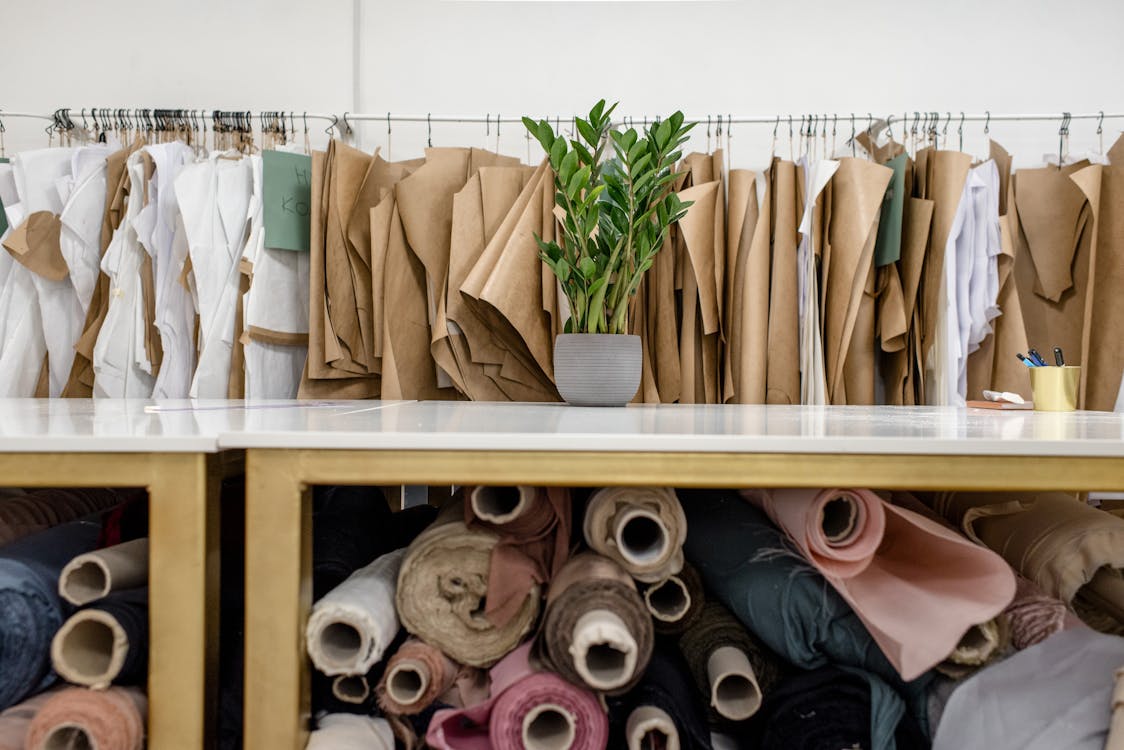

There seems to be no easy solution. We can make a difference by buying high quality clothes and very few of them and repairing them when necessary. Buying recycled clothing is also part of the solution, but these are only tiny parts of the whole dilemma.


Louis, our Groodle.
Did you miss National Love Your Pet Day on the 20th? Never mind, you can still celebrate any way that takes your fancy. Love them every day and enjoy their affection, too. Your pet will enjoy it anyway.

